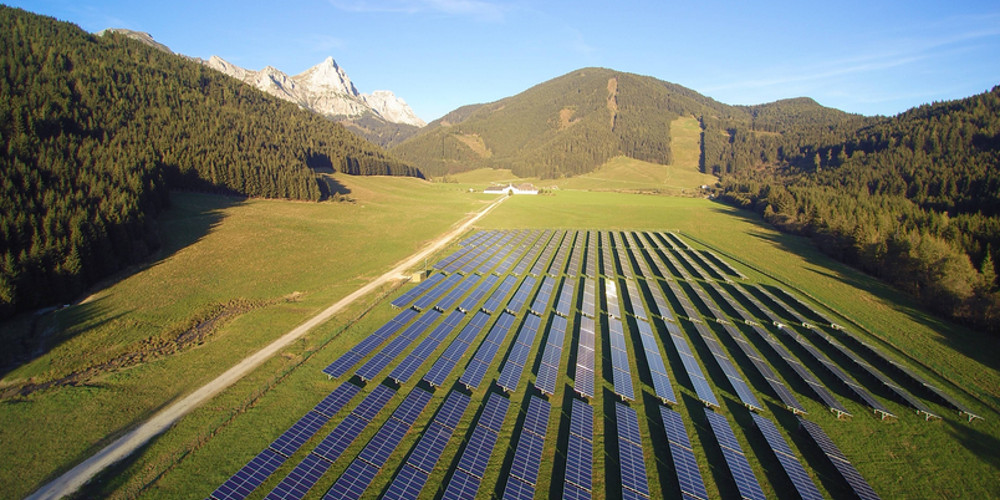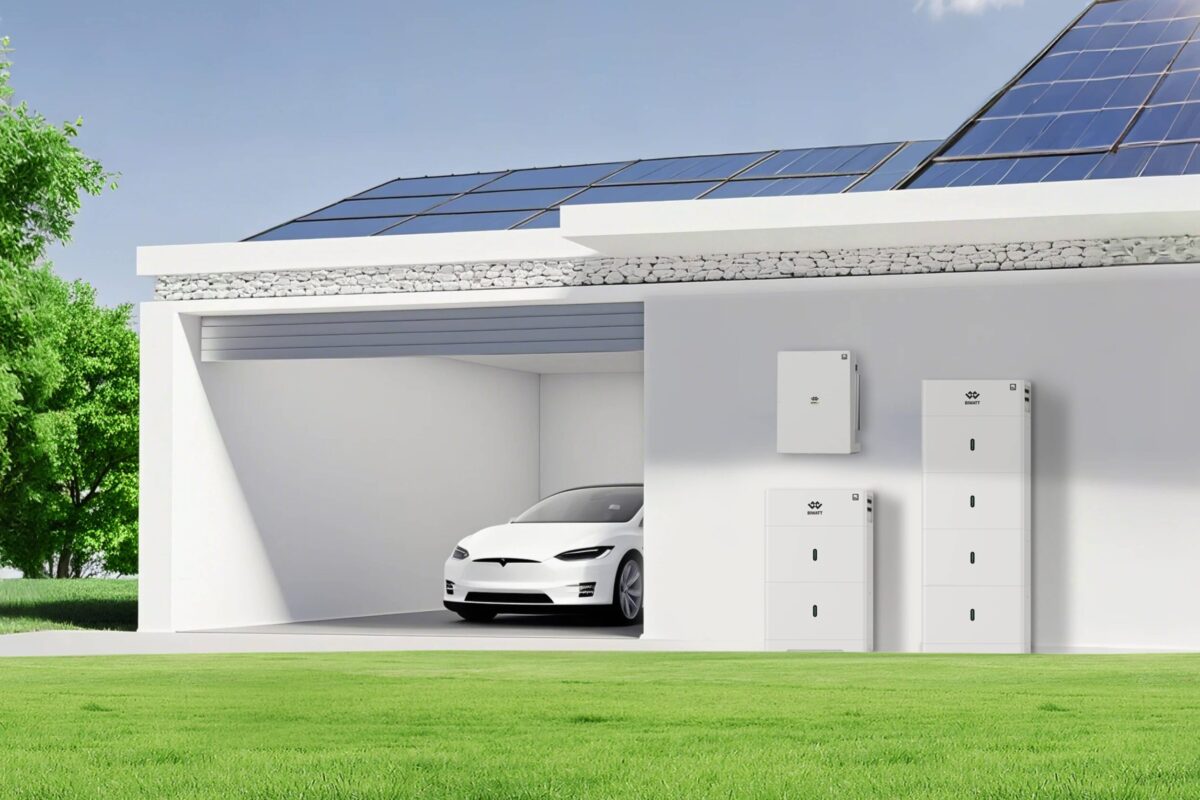From pv magazine Germany.
Austria’s renewable energy industry has for months been vehemently calling for an “emergency package” from policymakers to ensure the further expansion of clean energy.
With a snap election looming on Sunday – following the collapse of the ruling Austrian People’s Party and Freedom Party of Austria coalition government, and the resignation of scandal-hit vice-chancellor Heinz-Christian Strache – the nation’s political parties last week approved a list of clean energy measures which are expected to be approved by parliament on Wednesday.
Federal association Photovoltaic Austria (PVA) welcomed the agreement and predicted it could help stave off a 30% solar market slump next year.
The parties have agreed to put aside €36 million per year from next year to 2022 to fund solar and energy storage as part of the green electricity package. “With the new funds we are creating the conditions for … 100% renewable electricity,” said PVA managing director Vera Immitzer.
Sun tax halted
The association has already seen one of its other demands met with the cancellation on Thursday of the ‘sun tax’ on the consumption of power generated by householders with rooftop arrays. Under the previous rules, solar households could consume 25 MWh of self-generated solar free of charge but then had to pay a €0.015 levy on every subsequent kilowatt-hour consumed during the life of the PV system.
“We are very pleased that the announcements are now followed by action and that the electricity tax for self-produced photovoltaic electricity is finally canceled,” added Immitzer.
The government has set a goal of a fully renewable power system by 2030. The PVA has calculated that would require around 15 GW of solar power generation capacity. Austria currently has around 10% of that amount.
This content is protected by copyright and may not be reused. If you want to cooperate with us and would like to reuse some of our content, please contact: editors@pv-magazine.com.




Its actually the POWER system:
“The government has set a goal of a fully renewable (energy) POWER system by 2030.
Thanks Michael, You are absolutely correct and the copy has been amended. Thanks for keeping us on our toes.